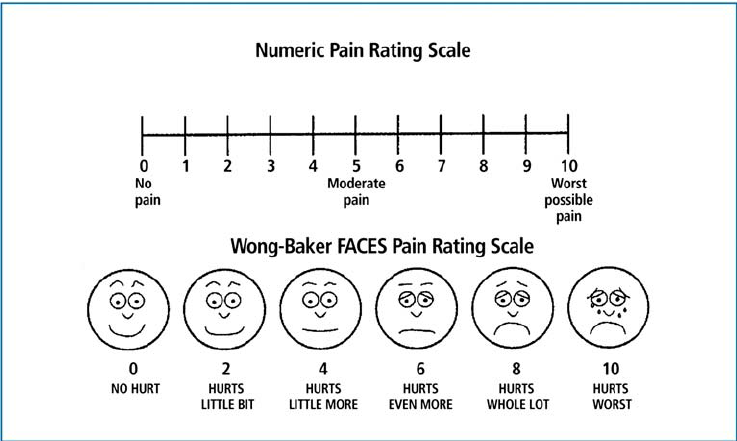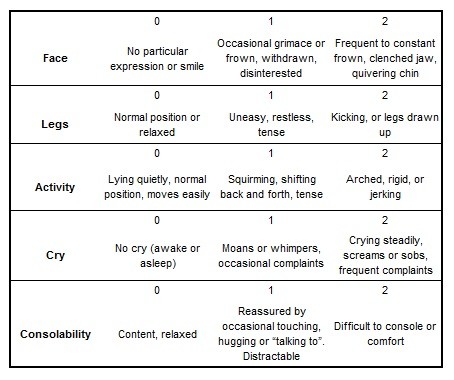Use of Pain Rating Scales in Wound Management
Pain is “whatever the patient says it is, existing whenever the patient says it does”.
Described, Not Measured
This simple observation, first expressed in 1968, goes right to the heart of the problem of addressing patients’ pain of all types, including wound pain. The inescapable problem is that pain cannot be measured directly, but only described by the person who is experiencing it. Although difficult to achieve, an accurate measurement of pain is essential for effective pain management and for the assessment of treatment success.

Pain rating scales have been used for many years in an attempt to assess the type and severity of pain. For acute pain, the visual analog scale (VAS) and numeric rating scale (NRS) are equally sensitive, and both are superior to the four-point verbal categorical rating scale (VRS). The VAS and NRD scales function best for a patient’s subjective feeling of present pain, although they can be used (with caution) for previous pain. The Wong-Baker Faces-Rating Scale (FRS), which depicts a series of faces that express increasing levels of distress, is designed to assess acute pain in populations with diminished verbal and abstract thinking abilities, such as pediatric or geriatric patients.
Meaningful Assesment & Investigation
Meaningful assessment of long-lasting pain is more difficult than assessing acute pain. Several pain assessment tools have been developed for chronic pain, such as the Brief Pain Inventory, the McGill Pain Questionnaire, and the Massachusetts General Hospital Pain Center’s Pain Assessment Form, but these must be used in conjunction with a full medical history, patient examination and other specific tests for accurate diagnosis. The Pain Quality Assessment Scale also investigates the type of pain, helping to differentiate between nociceptive and neuropathic pain and thus direct preferred treatment options.
Specialized Pain Scales

Further, specialized pain rating scales exist for assessing pain in patients with communication difficulties or dementia, including the COMFORT Pain Scale for infants and small children, the CRIES Pain Scale for neonates and the MOBID-2 Pain Scale for assessment of pain in persons in nursing homes and patients with dementia. These scales use proxy measurements of pain, such as pain behaviors and reactions that indicate that a patient is experiencing a painful experience.
New pain rating scales are being developed all the time as researchers refine existing models, and it is important for wound care practitioners always to use the most appropriate scales. One way to keep up with developments in wound pain assessment and other areas of wound care is to become certified in wound care.
Learn More With Our Wound Care Education Options
Interested in learning more about wound care certification? Browse through our wound care certification courses for information on our comprehensive range of education options to suit healthcare professionals across the full spectrum of qualifications and experience.
